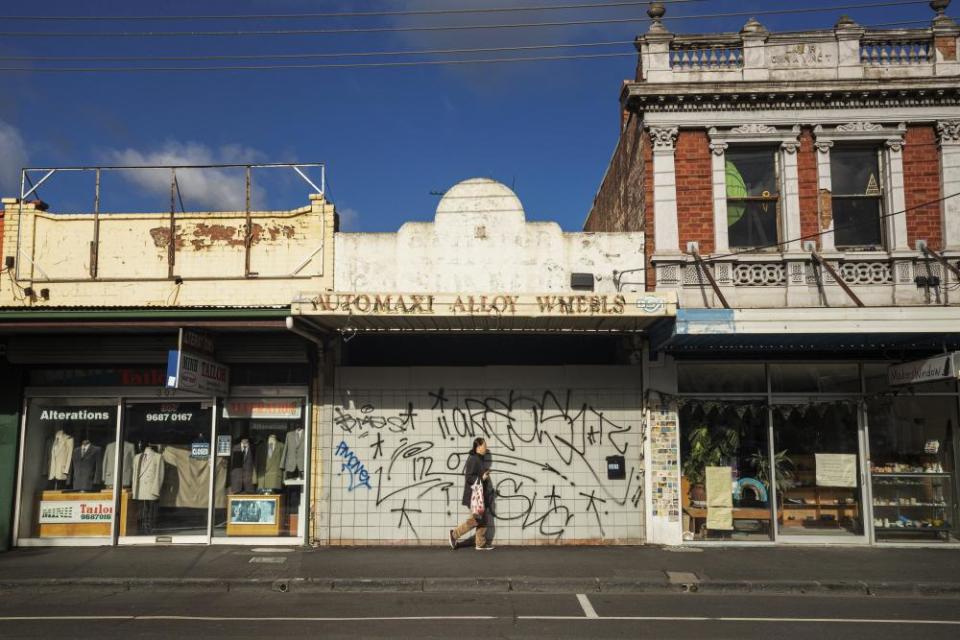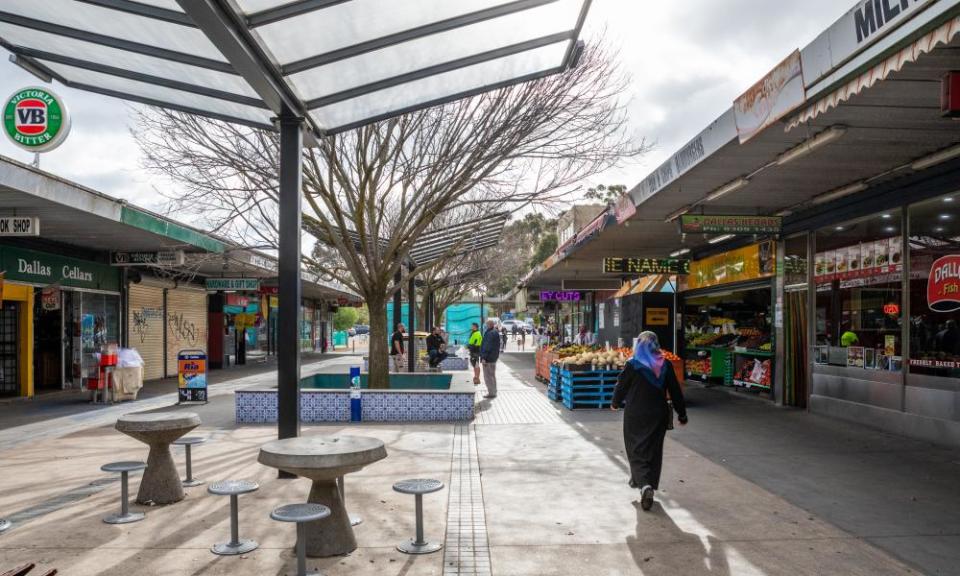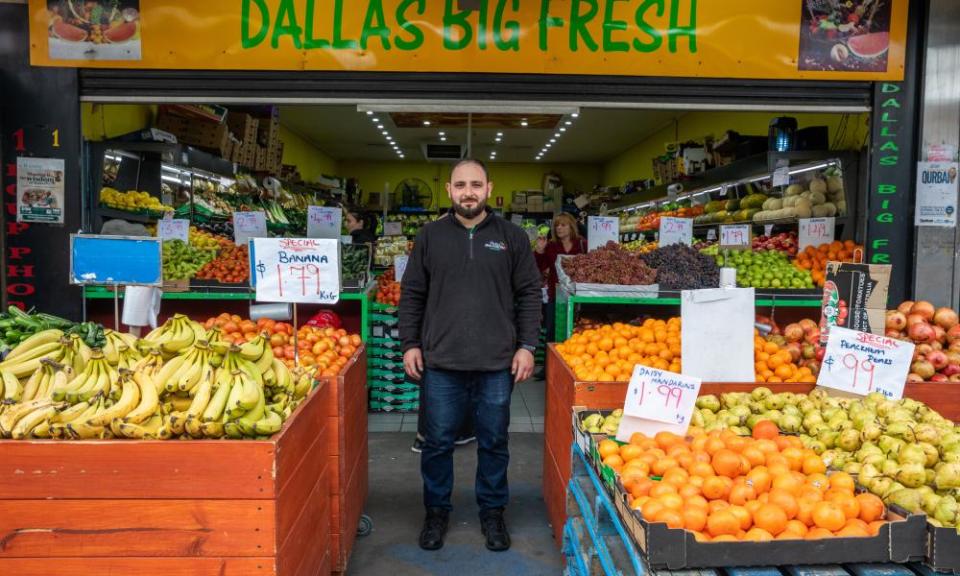‘Everything just starts falling apart’: restaurants in Melbourne say second lockdown will be worse

Preeti Chhabra, co-owner of Lolo and Wren cafe in Melbourne’s Brunswick West, has been glued to her phone for the past couple of days. In the hours after Victorian premier Daniel Andrews announced that 10 Melbourne postcodes would revert to stage-three lockdown restrictions until 29 July due to recent outbreaks of Covid-19, she was standing down staff and cancelling food orders to restructure her business again.
“The orders have already been made last week based on the activity we had last week,” she told Guardian Australia on Wednesday morning. “A duck order was coming in today for $290; I had to scramble last minute and cancel it.”
Because Lolo and Wren is located in a virus hotspot, on midnight 1 July it jolted back to takeaway-only, just one month after dine-in returned. But Chhabra says this lockdown will be different, delivering a harsher blow to businesses within the affected suburbs.
Related: 'It's so arbitrary': Melbourne street split down the middle by Covid-19 lockdown
“It is worse because earlier everyone was on the same boat … whereas now, people, if they don’t want to order takeaway and they want to sit down and have a meal, they’ll just not come to Brunswick – they’ll just go to Essendon, which is half a kilometre away from my cafe,” she says.

Victorian venues were scheduled to allow up to 50 patrons per closed space from 22 June, and had prepared accordingly by taking bookings, ordering produce and rostering on more staff. But with new rules locking down more than 300,000 residents, business owners had to move quickly.
“Obviously hours are going to be dramatically cut, which is a shame because we’ve just hired new staff that have started in the last few weeks,” says Rory Cowcher, co-owner of West Footscray restaurant Harley and Rose. “Now we’re having to tell people that we don’t have work for them for at least the next four weeks.”
“The flow of everything just got disrupted,” adds Phong Nguyen, owner of Imbue Food and Wine in Maribyrnong. “The wheels are turning and once you interrupt one aspect of it, everything just starts falling apart.”
When Imbue first reopened for dine-in, Nguyen says it felt like he was opening a new restaurant from scratch.
“We had to organise staff and see if they were available or see if they found other jobs in other industries; we had to develop a whole new menu for it to adapt to the market; we had to sign up all these agreements with all these delivery services, which otherwise we wouldn’t have … it was just a whole new business model.”
Nguyen says this volatility has led to food and utility suppliers (such as laundry, waste disposal and bookings services) losing confidence, so he’s had to negotiate payment plans or lay them off entirely due to a 66% drop in revenue.
Related: Coronavirus Victoria: everything we know about Melbourne's Covid-19 clusters
Ordinarily, produce cycles through while the kitchen team preps throughout the week on a rolling schedule. “We’re stocked up for dine-in and takeaway for the next two to three weeks. We have to scrap all of that,” Nguyen says.
On top of that, businesses have had to invest in staff training and new safety procedures.
“I did the online course, I had sanitiser stations, at least four of them in the cafe, I made sure all the menus were laminated – we were doing whatever we possibly could,” says Chhabra. “It will be very hard to rebuild everything after the 29th.”
According to a new IBISWorld report, 99% of enterprises in Australia’s restaurant industry are classified as small- to medium-sized, but they bear the lowest profits margins due to high fixed overheads and running costs unbalanced by the demand for competitive pricing.
Since the pandemic, the accommodation and food service industry has been the hardest hit, with industry growth halted and 78% of businesses reporting a drop in revenue by 11 June.

IBISWorld senior industry analyst Yin Yeoh says: “Now that a lockdown has been reinstated, these businesses face the risk of being unable to sell their stock. With limited trade, more small businesses are likely to close permanently.”
With hotspots effectively closed off to the rest of Melbourne, businesses within those areas will rely heavily on local trade for the next four weeks, but for some, closing temporarily is the best option.
Family-owned Iraqi restaurant Abu Noaas in Fawkner relies on patrons from communities around the state making the journey. But without that trade and with staff largely unsupported by jobkeeper – due to casual roles or visa status – co-owner Aesan Pulass says it’s unlikely takeaway-only will be viable.
“Our customers intend to come here – they come from all over the place. Doesn’t matter if I close down, they’ll all come back,” he says. “We treat them like friends, so I’d just rather not open.”

 Yahoo News
Yahoo News 